Text
Not my most used resources, but ones useful for anyone researching this era. (Being more of a French history person, I think the primary source I used most often in my research was Pierre de l’Estoile, whose Journal is a lot of fun to read once you get used to the strange spelling and grammar of 16th-century French.)
Most Used Tudor Related Resources
(Not behind a paywall)
Vulgate.org
A literal translation of the Vulgate into English
Project Gutenberg
Public domain books, including dialogues from Erasmus, Elizabethan era plays, works by Skelton, Holinshed, George Cavendish, Philip Sidney.
British History Online
Home to Calendar of State Papers Foreign and Domestic.
Acts and Monuments
All the Elizabethan editions of Foxe's work online.
Bible Gateway
Searchable online bible, including Wycliffe's Bible, KJV, 1599 Geneva Bible.
42 notes
·
View notes
Text
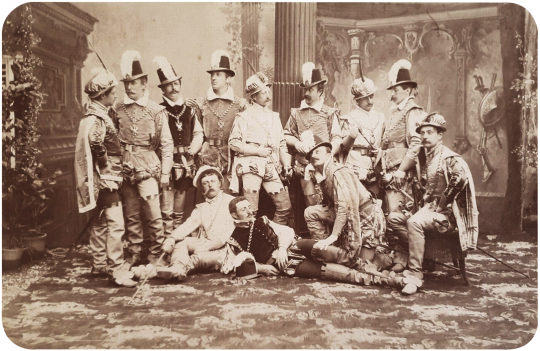
Albumen print of a group of 19th century men dressed in 16th century costume, c. 1890s
65 notes
·
View notes
Text
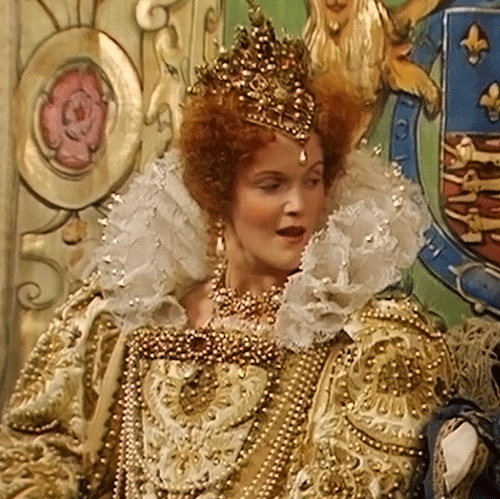









Miranda Richardson as Queen (Queenie) Elizabeth I
Blackadder II
980 notes
·
View notes
Text
Attention
If you are not a porn bot and decide to follow me, please, don’t put in your avatar a woman’s picture, don’t pick a suspiciously sounding username like katieblah-blah-blah999 or something and preferably don’t leave your tumblr content free, so that I can discern between you and porn bots. Otherwise, you are risking to be blocked, thank you.
7 notes
·
View notes
Text
By the way, if any of you, like me, are nerds who love maps, I highly recommend checking out the Turgot map. I won't link it or tumblr will eat this post, but you can find it just by searching Wikipedia - it's an incredibly detailed 3D map of Paris made in the 1730s, and by "incredibly detailed," I mean
incredibly
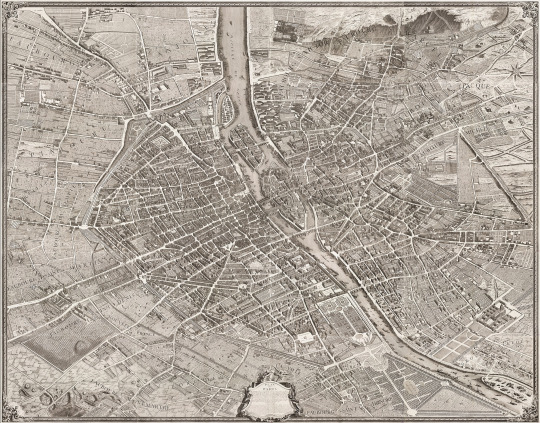
incredibly

INCREDIBLY
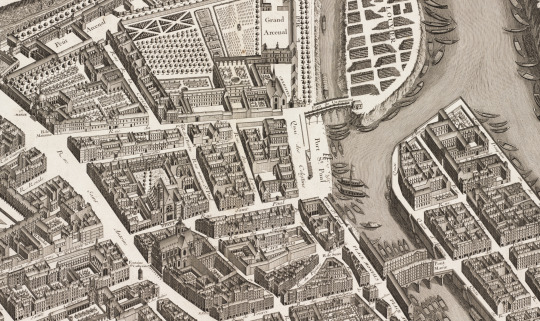
DETAILED!

Look, there's Notre Dame! Individual trees! Individual lampposts! Individual boats!! (Some of them even have little people in lol, though clearly not to scale)
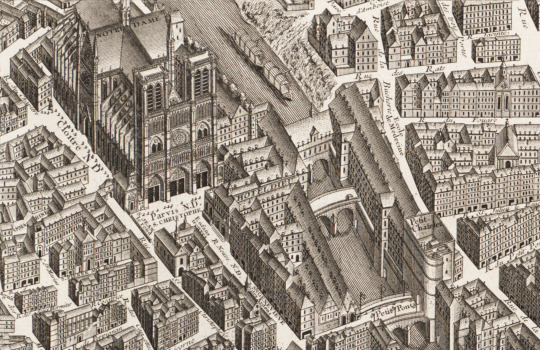
The full scan is over 35,000 pixels wide, guys! That's over 10 feet of map!! All drawn and engraved by hand! I'm freaking out a little! What an absolutely amazing piece of history & art!
16K notes
·
View notes
Photo



In Brittany of western France (French: lit-clos), a ‘box-bed’ was a bed enclosed in furniture that looked like a cupboard, half-opened or not, placed on short legs to prevent moisture due to dirt floor. In homes with usually only one room, the box-bed allowed some privacy and helped keep people warm during winter. Box-beds were also used to protect people from the animals (pigs, hens) also living in the house, or even to protect them from wolves that might enter houses and snatch babies. They were used until the 20th century and were adopted in other European countries too.
#photos#box beds#lit clos#brittany#bretagne#french history#breton history#material culture#cross era
8K notes
·
View notes
Quote
Henry’s coronation was followed almost at once by his marriage. As his mother pointed out in a letter to Bellièvre, the surintendant des finances, savings would be made, notably in the distribution of gifts, by combining the king’s coronation and wedding. The marriage contract was signed on 14 February and the wedding followed next day. De Thou tells us that it was delayed till the afternoon because Henry took so long fussing over his attire and that of his bride, but royal weddings always took place then to allow time for the participants to recover from the previous previous evening’s festivities. Henry arrived at Rheims cathedral in pomp preceded by bugles and trumpets. Behind him walked the bride’s father, the count of Vaudémont. Louise’s cortège followed. Tall and blond, she wore a gown and heavy cope of mauve velvet embroidered with fleurs-de-lys. Her future brothers-in-law, the duc d’Anjou and the king of Navarre, walked on either side of her. Behind came Catherine de’ Medici and many princesses and other ladies. For once Catherine had set aside the mourning she had worn since her husband’s death in 1559. The wedding itself took place outside the cathedral’s main porch under a canopy of gold cloth. It was followed by a low mass within the cathedral celebrated by cardinal de Bourbon and the day was rounded off by a banquet and a ball at the archiepiscopal palace. According to a Venetian witness, the king and 12 princes wore suits of silver cloth adorned with pearls and jewels. The new queen, too, was superbly dressed.
Robert J. Knecht, Hero or Tyrant? Henry III, King of France, 1574-89 (pp. 105-106)
At first glance Louise de Lorraine looks like a Renaissance Cinderella story–the unappreciated young woman mistreated by her cold step-mother rescued by a handsome young king/prince–only to turn into a nightmare. Maybe that handsome king isn’t as stable as she first thought…and maybe he doesn’t really like her for herself, but because she looks a lot like his dead ex-lover who he idealizes…
How has no one written a Louise-centric novel casting her as Cinderella? The White Queen turned Elizabeth Woodville’s life into a Cinderella-gone-wrong story, it’s Louise’s turn.
(via ignorethisrandom)
I agree with you, @ignorethisrandom, about Queen Louise and her fate. I really don’t think that Henri III loved her for herself: his initial attraction to her had to have been because of her resemblance to Marie de Clèves, and later for her docile personality and the simple fact that she wasn’t a foreign princess whose house could meddle in French politics (ironic, because her family later turned against the king and sided with Guise in the 1580s).
I think that Louise slides under the radar of most people who research French history because she played at most a background role in the politics of her time and didn’t really rock the boat or draw attention to herself in any way. Sources I’ve read talk about Henri dressing her extravagantly, doing her hair, and making up her face, but with no indication of whether Louise herself had any input or even choice about any of that. Most of the queens of France whom history remembers are those who had agency or rebelled against what was expected of them in some way--women like Eleanor of Aquitaine, Catherine de’ Medici, Marguerite de Valois, and even Marie Antoinette--but Louise did what was expected of her and mostly faded from the public memory because of it. Even the French revolutionaries didn’t loot her grave--probably not because they felt any affection for her, but more likely because they knew nothing about her save her name.
#louise de lorraine#henri iii#renaissance#16th century#french history#women's history#why some queens aren't as well remembered as others#also one of the things about henri iii that always bugged me and eventually led me to fall out of love with him#tbh i'm hardly ever attracted to anyone anymore
17 notes
·
View notes
Text
Spoke to a gen z person the other night and apparently the young folks don't know about the very legal sites from which you can access public domain media (including Dracula, The Strange Case of Dr. Jekyll and Mr. Hyde, and other Victorian gothic horror stories)?
Like this young person didn't even know about goddamn Gutenberg which is a SHAME. I linked to it and they went "aw yiss time to do a theft" and I was like "I mean yo ho ho and all that, sure, but. you know gutenberg is entirely legal, right?"
Anyway I'm gonna put this in a few Choice Tags (sorry dracula fans I DID mention it though so it's fair game) and then put some Cool Links in a reblog so this post will still show UP in said tags lmao.
#resources#public domain#literature#19th century#as a young nerd in the 2000s i spent a lot of time on project gutenberg and the internet archive#so it surprises me that so many younger people are unfamiliar with them#they also have tons of dumas (for something more relevant to this blog)
111K notes
·
View notes
Photo






Ghotic gargoyles from Notre-Dame de Paris
#gargoyles#notre dame de paris#photos#paris#gothic architecture#architecture#medieval#13th century#french history
148 notes
·
View notes
Photo
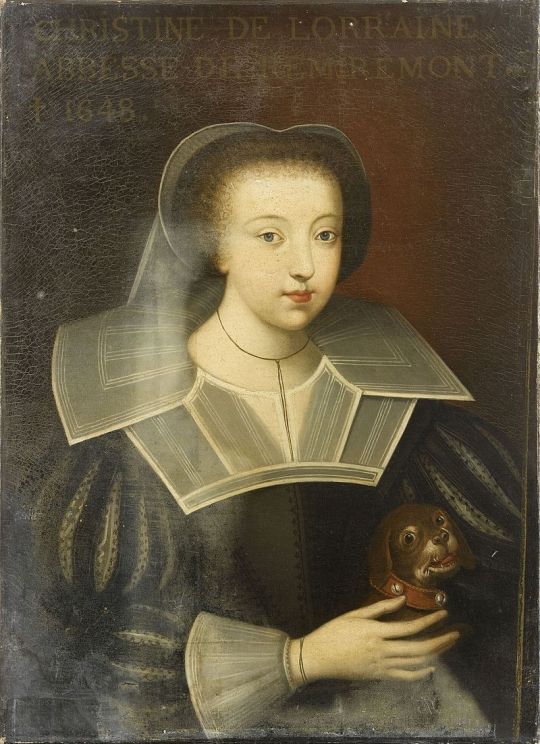
Catherine of Lorraine (3 November 1573 – 7 March 1648) was the Abbess of Remiremont.
Catherine was the seventh child and fourth daughter of Charles III, Duke of Lorraine, and his wife Claude, daughter of Henry II of France and Catherine de’ Medici. Her mother died in childbirth in 1575 when Catherine was a year and a half. She was born at the Ducal Palace of Lorraine in Nancy, capital of the Duchy of Lorraine.
Catherine was devoted to religion and even went as far to ignore an alliance with the future Holy Roman Emperor, Ferdinand II.
In 1602 Catherine became the Coadjutrice of the Abbey. In 1612 she became the Abbess of the prestigious Remiremont Abbey, a Benedictine abbey near Remiremont, Vosges, France. The previous abbess, Elizabeth of Salm, had resigned specifically for Catherine to take the post.
Remiremont was one of the most important, illustrious and aristocratic Abbey in France and was closely associated with the House of Lorraine. She later became the coadjutor to her niece, Margaret. Margaret had lost her mother in 1627 and went to live with Catherine at Remiremont. The young Marguerite was later the Duchess of Orléans as wife Gaston, scandalous brother of Louis XIII. Margaret, as a result of marrying Gaston without royal permission, was sent into exile with her husband in Brussels.
In 1638 the troops of Turenne occupied Remiremont for a month. The following year the Princess obtained the neutrality of Vosges (for Epinal, Remiremont, Bruyère, St Dié, Arches) for the rest of the Thirty Years War.
She died in a Lorraine which had been ravaged by the Thirty Years war. At her death, the abbey was given to her great niece Élisabeth Marguerite d'Orléans who ruled the abbey under a regency of her parents, the Duke and Duchess of Orléans.
Remiremont was ruled by two more Lorraine princesses; Élisabeth Charlotte (1700–1711) and then Anne Charlotte (1714–1773).
#bios#catherine de lorraine#house of lorraine#16th century#17th century#renaissance#french history#valois descendants
10 notes
·
View notes
Photo
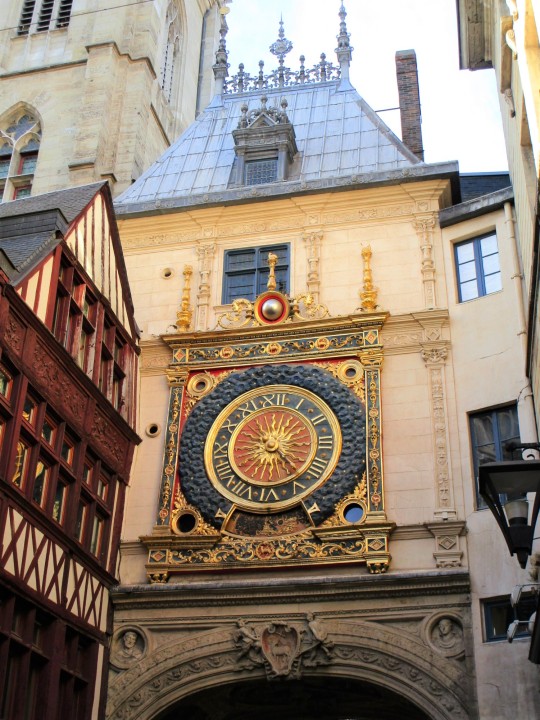




Rouen’s Gros-Horloge (Big Clock) is a 14th-century astronomical clock movement installed in a 16th-century arch spanning the Rue du Gros-Horloge in the center of the city. The movement is one of the oldest in France and is in working order, but the clock has been powered by electricity since the 1920s. The adjacent Gothic belfry was built between the 14th and 15th centuries and holds the bells linked to the clock.
The underside of the Renaissance arch is decorated with an elaborate bas-relief of Jesus as the Good Shepherd. It is easy to miss the details of the arch in the hustle and bustle of the crowds in this part of the city.
Photos by Charles Reeza, October 2021
#photos#rouen#normandy#rue du gros horloge#clocks#medieval clocks#14th century#medieval#arches#16th century#renaissance#french history
169 notes
·
View notes
Photo



La tour de Jean sans Peur, dernier vestige de l’hôtel des ducs de Bourgogne à Paris. Elle fut édifiée entre 1409 et 1411, dans le contexte de la guerre civile entre Armagnacs et Bourguignons.
The tower of John the Fearless, only vestige of the Hôtel de Bourgogne, residence of the Dukes of Burgundy in Paris. It was built between 1409 and 1411 during the Armagnac-Burgundian Civil War.
#photos#paris#hôtel de bourgogne#tour de jean sans peur#15th century#towers#hôtels particuliers#jean sans peur#duc de bourgogne#valois of burgundy#valois#medieval#french history
10 notes
·
View notes
Photo
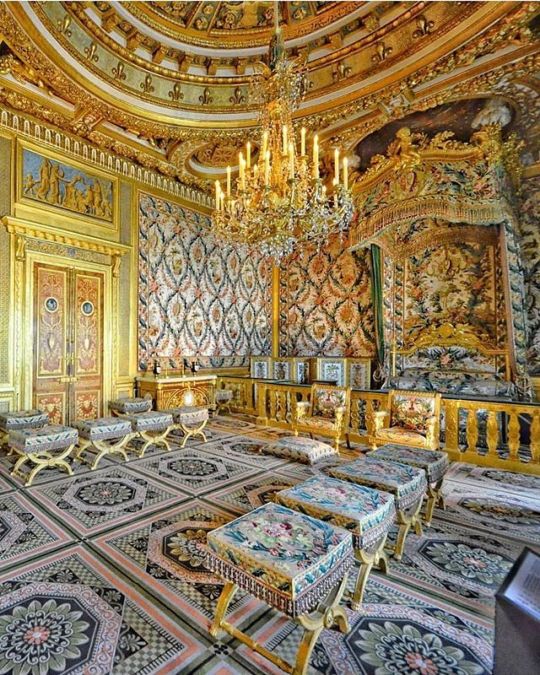

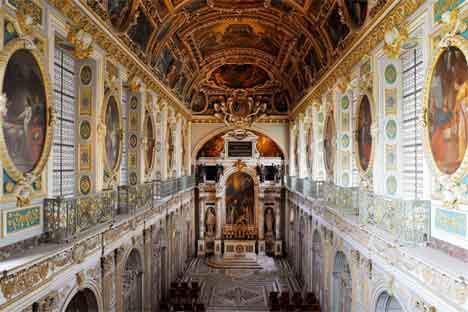

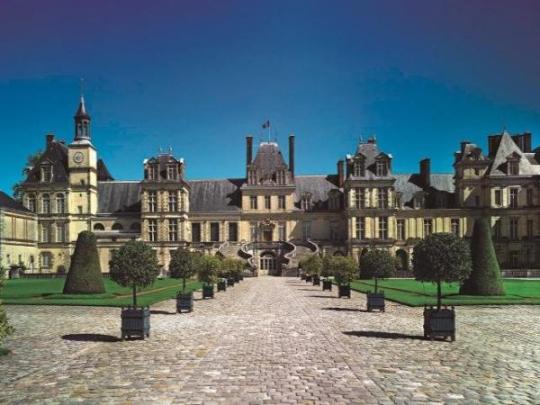


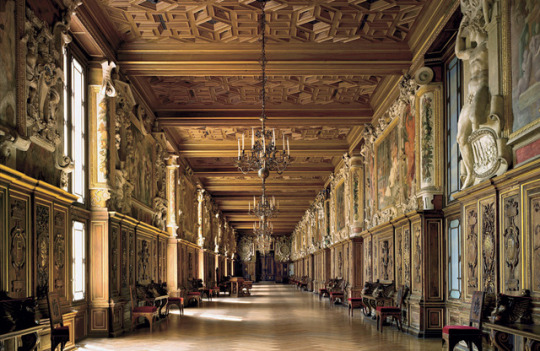
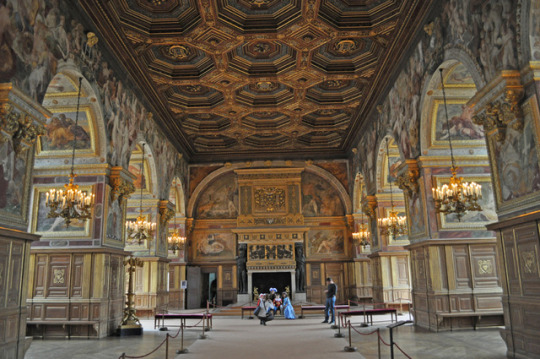

Castle’s Rock - 19 April 2018
The Queen’s Bedroom at Chateau de Fontainebleau
Fontainebleau, Southeast of Paris, France
Credits: ma pauvre lucette
The Palace of Fontainebleau (/fɒntɪnˌbloʊ/; French pronunciation: [fɔ̃tɛnblo]) or Château de Fontainebleau, located 55 kilometres (34 miles) southeast of the center of Paris, in the commune of Fontainebleau, is one of the largest French royal châteaux. The medieval castle and subsequent palace served as a residence for the French monarchs from Louis VII to Napoleon III. It is now a national museum and a UNESCO World Heritage Site.
The earliest record of a fortified castle at Fontaineau dates to 1137. It became a favorite residence and hunting lodge of the Kings of France because of the abundant game and many springs in the surrounding forest. it took its name from one of the springs, the fountain de Bliaud, located now in the English garden, next to the wing of Louis XV. It was used by King Louis VII, for whom Thomas Becket consecrated the chapel in 1169; by Philip Augustus; by Louis IX, or Saint Louis, who built a hospital and a convent, the Couvent des Trinitaires, next to the castle; and by Philippe le Bel, who was born and died in the castle.
n the 15th century some modifications and embellishments were made to the castle by Isabeau of Bavaria, the wife of King Charles VI , but the medieval structure remained essentially intact until the reign Francis I (1494–1547). He commissioned the architect Gilles le Breton to build a palace in the new Renaissance style, recently imported from Italy. Le Breton preserved the old medieval donjon, where the King’s apartments were located, but incorporated it into the new Renaissance-style Cour Ovale, or oval courtyard, built on the foundations of the old castle. It included monumental Porte Dorée, as its southern entrance. as well as a monumental Renaissance stairway, the portique de Serlio, to give access the royal apartments on the north side
#photos#châteaux#palaces#château de fontainebleau#chateau de fontainebleau#renaissance#french history#gilles le breton
12 notes
·
View notes
Photo


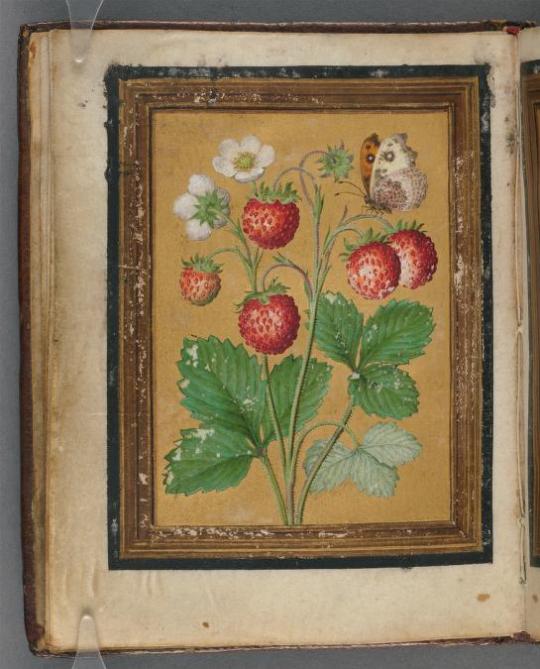

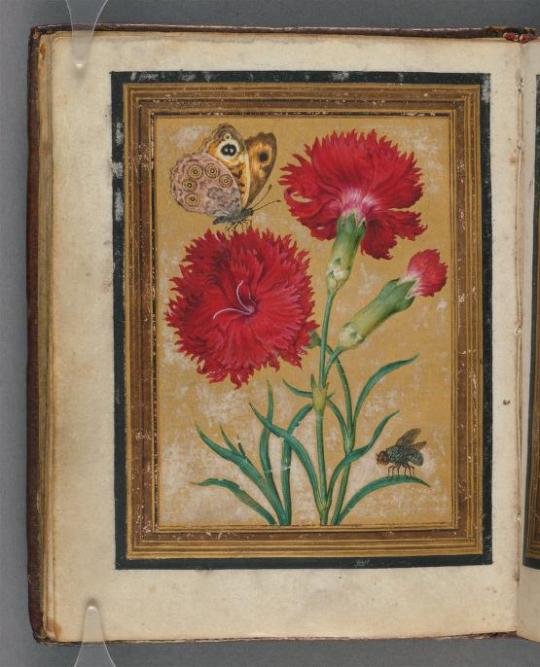

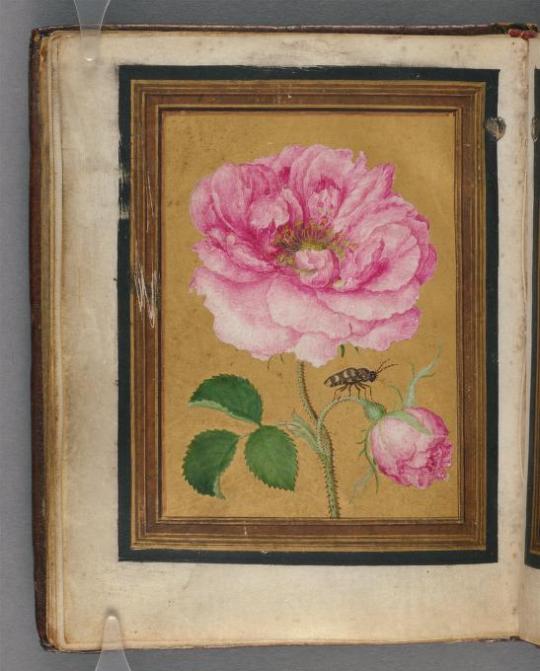

Paintings of flowers, butterflies and insects by Jacques Le Moyne de Morgues.
Between 1550 and 1570.
Dumbarton Oaks.
archive.org
#art#jacques le moyne de morgues#16th century#renaissance#flowers#butterflies#insects#the other kind of fraises (strawberries)
190 notes
·
View notes
Text
posting on twitter feels like throwing something you worked on for hours, days, weeks into a river, hoping it'll get swept out to sea for many people to experience, only for it to immediately crash into some rocks and explode. its gone now. if no one sees it in the 0.00003 seconds it exists on their timelines, no one ever will
posting on tumblr is like carefully placing your work in the middle of a dark abandoned factory, and slowly a bunch of weird little goblins manifest from the shadows and touch your work all over with their little raccoon hands and share it with each other. sometimes they find your thing again many years later and excitedly share it again
the weird goblins are much more enjoyable
#i agree completely#i love it when i see people favorite and reblog things i posted years ago#especially the book quotes about henri iii and co.#and especially the translated quotes from french books (most of which i translated myself)#thank you to everyone for your support
80K notes
·
View notes
Photo
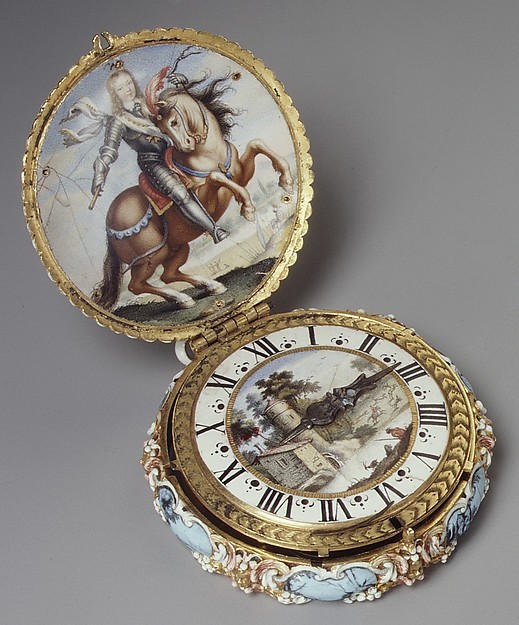




Watch (circa 1645–48 ).
Case and dial of enamelled gold; hand of steel; movement of brass, partly gilded, and steel by Jacques Goullons (French, 1626–1671).
The portrait of the boy on horseback is probably of Louis XIV and this was probably his watch.
Image and text information courtesy The Met.
#art#pocket watches#jacques goullons#louis xiv#17th century#1640s#baroque art#french history#bourbon#material culture#equestrian portraits
1K notes
·
View notes
Text
French words of Gaulish origin
Gaulish was a continental Celtic language spoken in Gaul until its extinction around the 6th century AD. However, many words of Gaulish origin survive in French!
Béret (m) – Beret
Originally borrowed from Occitan berret itself descended from the Latin birrus (a cloak with a hood), which was derived from Gaulish birrus (a short cloak). The word ultimately traces back to Proto-Celtic *birros meaning short (cognate with Welsh byr and Breton & Cornish berr). Béret is a diminutive of the Latinsed Gaulish word.
Gober – To swallow whole
Borrowed from Gaulish *gobbos which descended from Proto-Celtic *gobbos (snout, beak). Cognate with Irish & Scottish Gaelic gob (beak, bill) and English gob (slang for mouth).
This is one of my favourites because any speaker of an English variety which uses the word gob can immediately make the connection here. I love how many cognates there are between French and English which descend either from Proto-Celtic or Proto-Germanic.
Mouton (m) – Sheep / mutton
From Old French mouton, from Vulgar Latin moltō, which was derived from Gaulish *multon (sheep), ultimately from Proto-Celtic *moltos (sheep). Cognate with English mutton (meat of a sheep), Welsh mollt (ram, mutton), Breton maout (ram) and Galician motóa (sheep).
Ruche (f) – Beehive
From Middle French rusche, from Medieval Latin rusca (tree bark, Fr. écorce (f)) which was derived from Gaulish *ruskā from Proto-Celtic *rūskos (bark, beehive). Cognate with Catalan rusc (beehive), Irish rúsc (bark) and Welsh rhisgl (bark).
I think it’s interesting how this word came to mean beehive in French and Catalan which are both Romance languages, but remained as bark in the Celtic languages. The connection between the two meanings appears to be that due to bees making their hives in hollow, elevated trees, bark was closely associated with bee dwellings/beehives.
402 notes
·
View notes